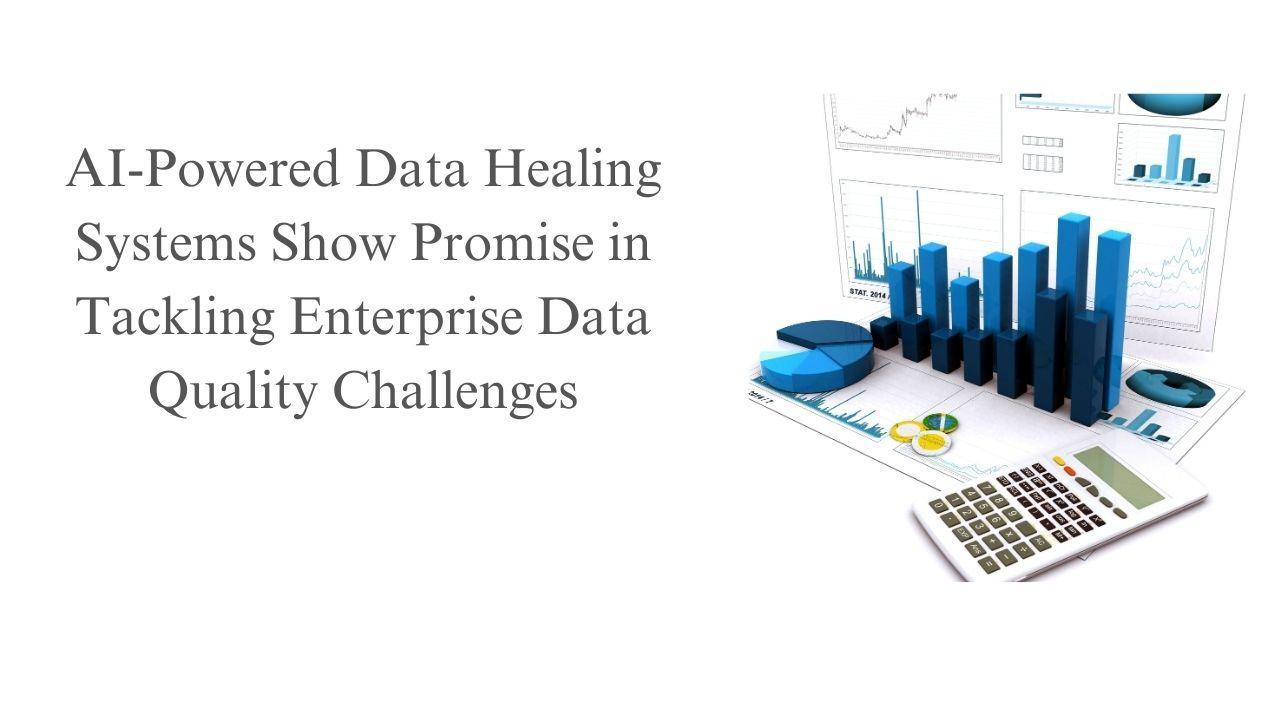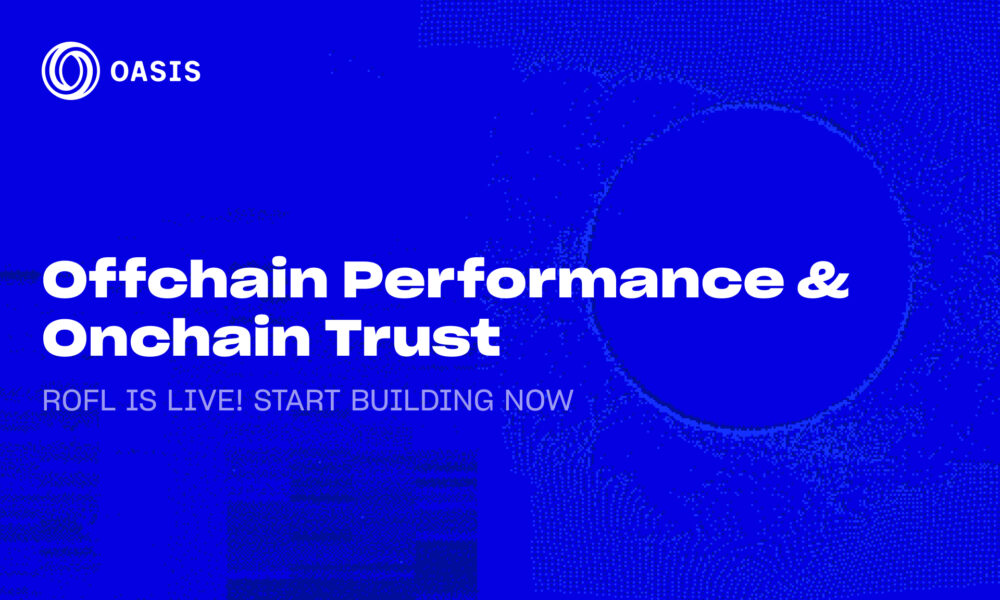In this fast-growing AI landscape, computer science researcher Babita Kumari‘s groundbreaking study illuminates how self-healing data systems leverage machine learning algorithms and predictive analytics to automatically detect, repair, and optimize enterprise data infrastructure in real-time.
The Rise of Self-Healing Data
As global data volumes surge toward 175 zettabytes by 2025, organizations face mounting challenges in maintaining data quality and integrity. Traditional manual data management approaches are proving inadequate, with data professionals spending up to 50% of their time addressing quality issues. The emergence of AI-driven autonomous data healing presents a revolutionary solution to this growing challenge.
Smart Systems, Smarter Results
The new generation of autonomous data healing systems employs sophisticated neural networks and machine learning algorithms to detect and correct data anomalies in real-time. These systems have demonstrated remarkable efficiency, achieving up to 99.97% accuracy in anomaly detection while reducing false positives by 78% compared to conventional methods. The integration of specialized anomaly detection algorithms, including Isolation Forests and Local Outlier Factor methods, has further enhanced the system’s capability to identify both global and local anomalies.
Breaking Through Performance Barriers
The technology’s impact on operational efficiency has been substantial. Organizations implementing these systems have reported an 85% reduction in manual data cleaning efforts and a 73% decrease in time spent resolving data-related issues. Processing speeds have improved dramatically, with systems now capable of handling up to 1 million events per second with latency under 10 milliseconds.
The Self-Learning Advantage
What sets these systems apart is their ability to continuously learn and adapt. Through What sets these systems apart is their ability to continuously learn and adapt. Through advanced machine learning techniques, they can improve their performance over time, with studies showing an increase in anomaly detection accuracy from 92% to 98.5% over a 12-month period. This self-optimization capability has led to a 71% reduction in false positives and negatives.
Revolutionary Cost Benefits
The financial implications are compelling. Organizations have reported average annual cost savings of $12.7 million directly attributed to autonomous data healing systems. These savings stem from reduced operational inefficiencies, decreased data-related incidents, and improved resource allocation, with data science teams able to redirect 62% of their time from routine cleaning tasks to high-value analytical projects.
Future Horizons
The integration of federated learning and quantum machine learning promises even greater advances. These technologies could potentially accelerate data processing capabilities by 100-1000 times for specific healing tasks on datasets exceeding 1 billion records. Additionally, quantum-inspired algorithms might reduce energy consumption in data centers by 40-60% while improving the accuracy of complex data repairs by 20-30%. These advancements point toward a future where data quality management becomes increasingly automated and efficient.
Trust and Transparency
The system’s ability to provide detailed logs and real-time insights into its decision-making process has proven crucial for building trust, particularly in highly regulated industries. Organizations have reported a 94% increase in stakeholder trust in their data systems, along with improved relationships with regulatory bodies due to enhanced data governance capabilities. This transparency has been particularly valuable in sectors where data integrity and compliance are paramount.
Beyond Traditional Boundaries
The technology’s impact extends beyond mere error correction. By enabling near-perfect data quality at unprecedented scales, these systems are transforming how organizations leverage their data assets. The ability to process and heal data in real-time has opened new possibilities for innovation and competitive advantage across industries.
Looking Ahead
With the continued evolution of AI technologies and the integration of quantum computing capabilities, the future of autonomous data healing appears promising. These advancements could revolutionize how organizations manage and maintain their data assets, potentially expanding the market size by an estimated $5-7 billion by 2028.
In conclusion, this groundbreaking research by Babita Kumari unveils how autonomous data healing systems mark a transformative shift in enterprise data management. By leveraging AI for proactive, intelligent data quality maintenance, these systems are becoming essential pillars of digital transformation. Their scalable approach to ensuring data integrity promises to reshape how organizations handle big data challenges, setting a new standard for the future of data management.





























